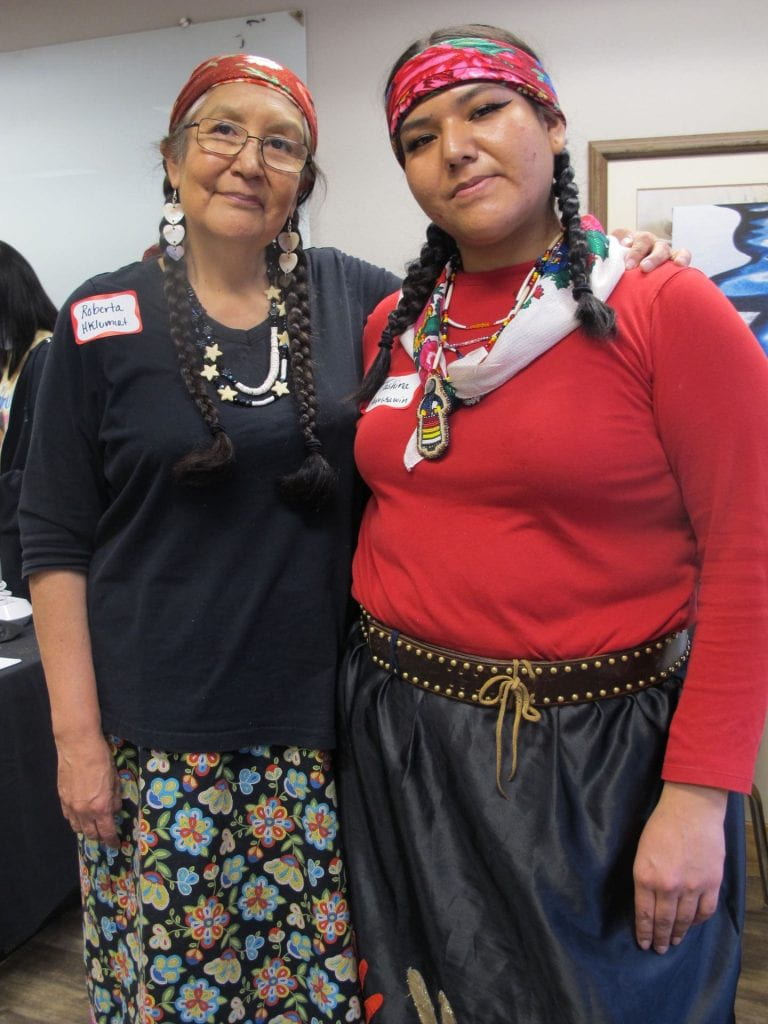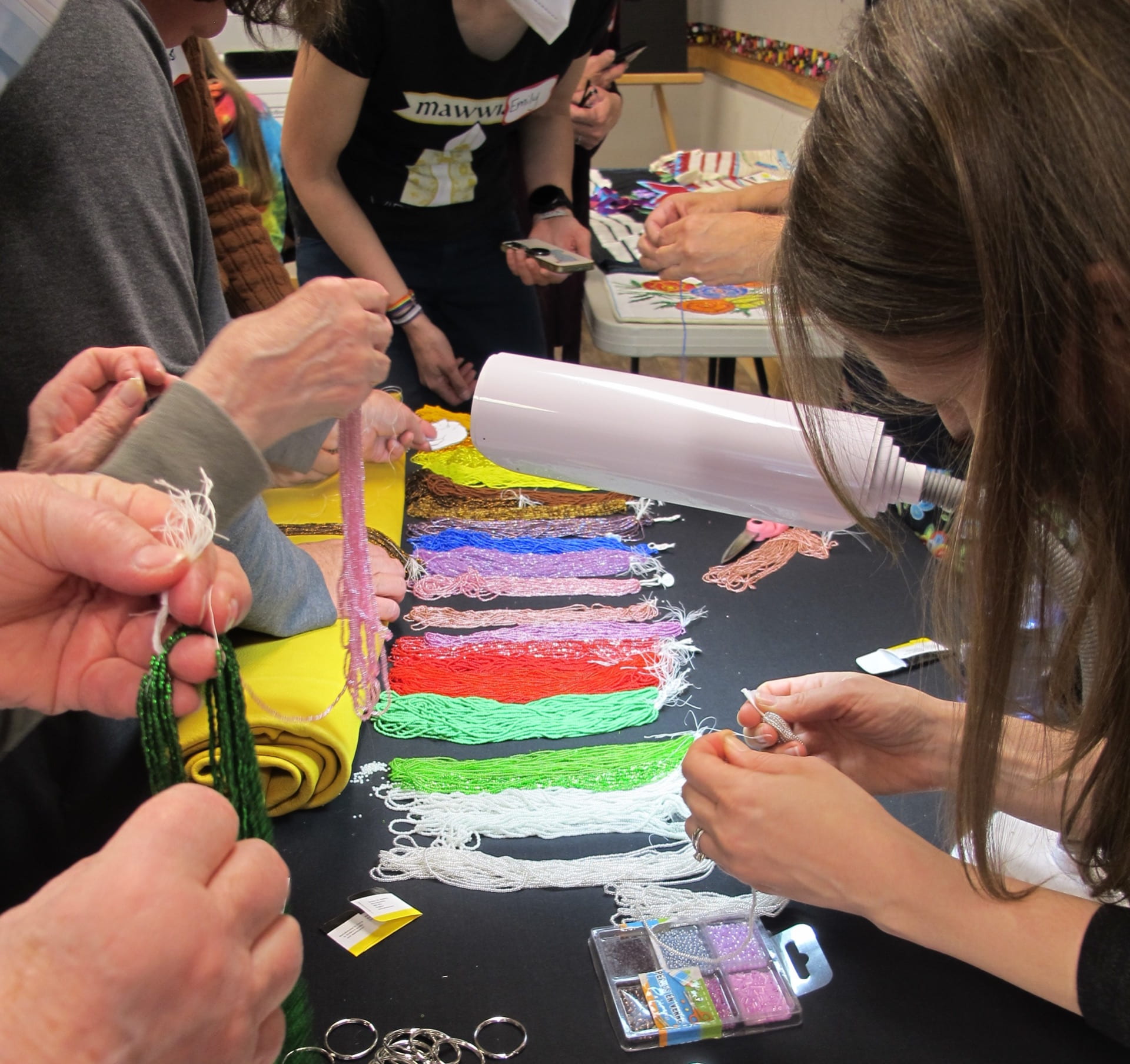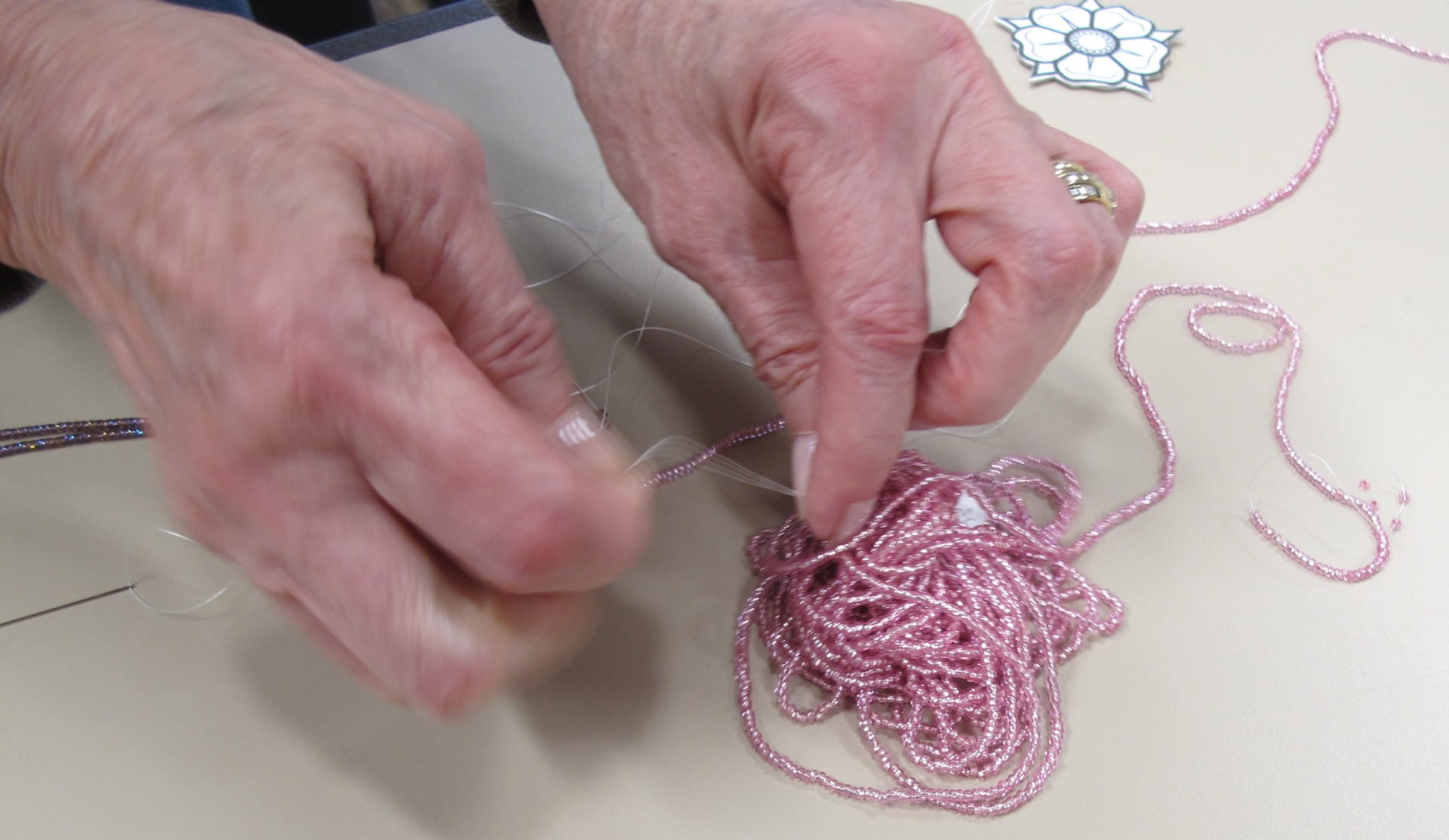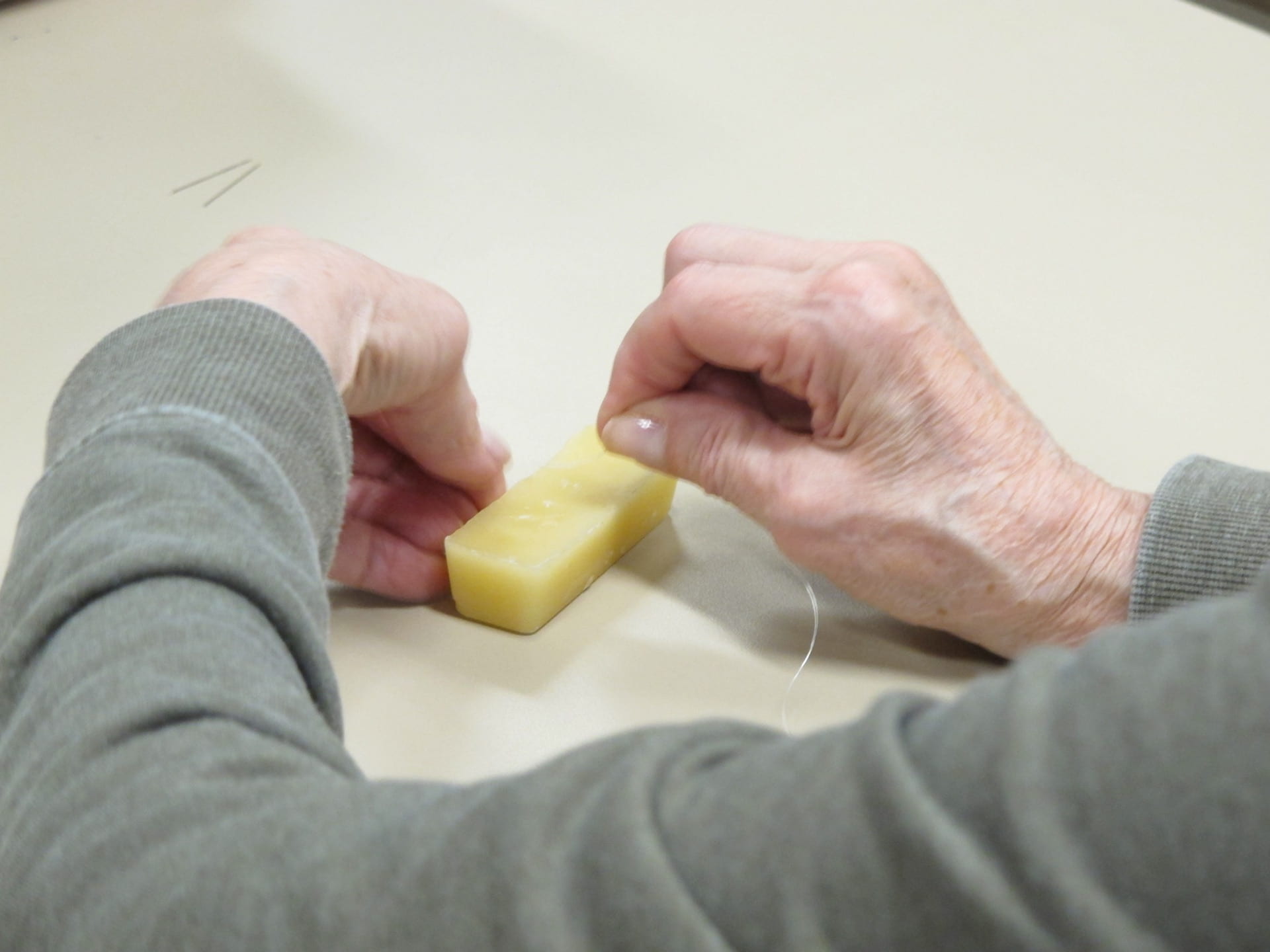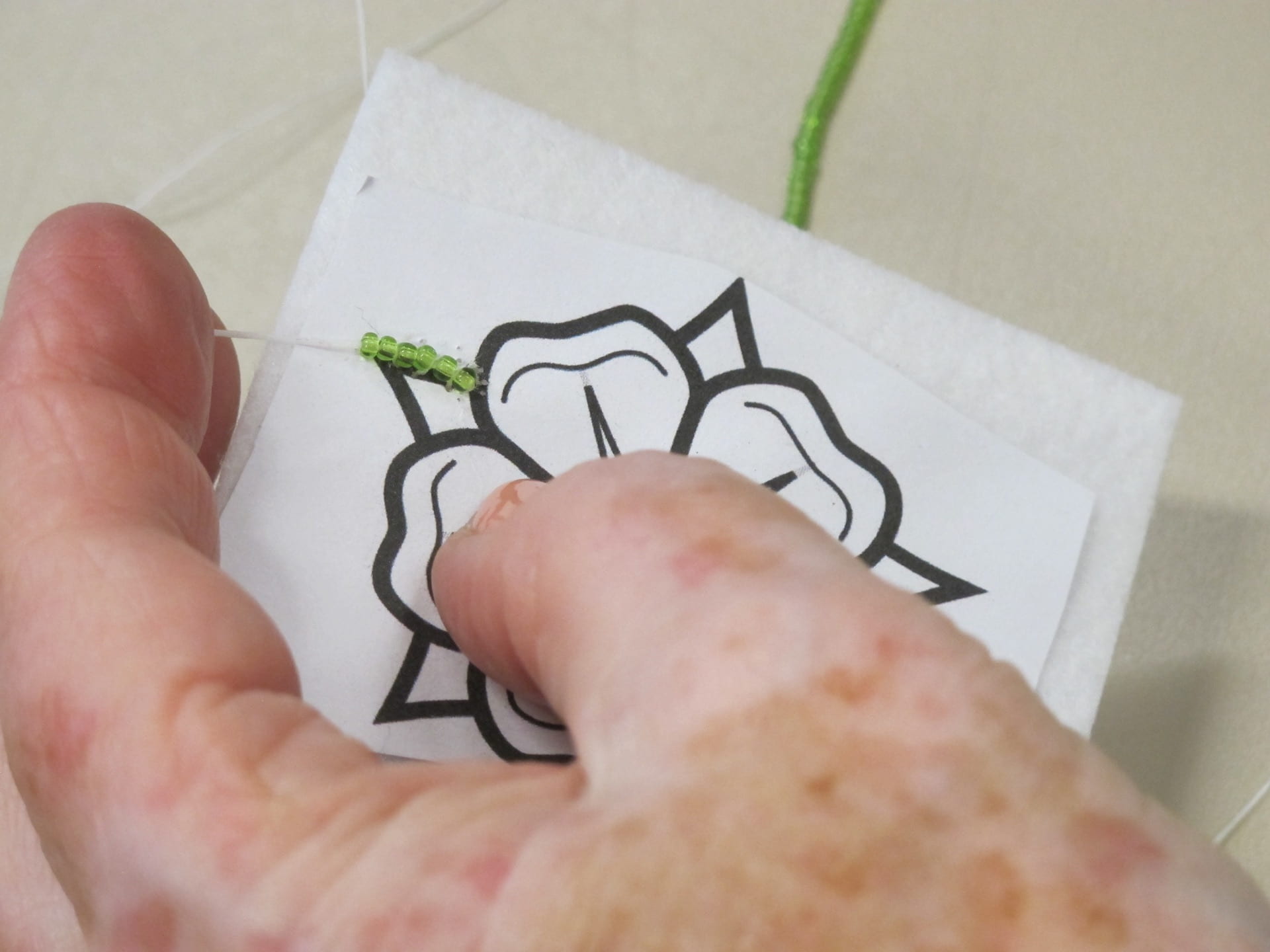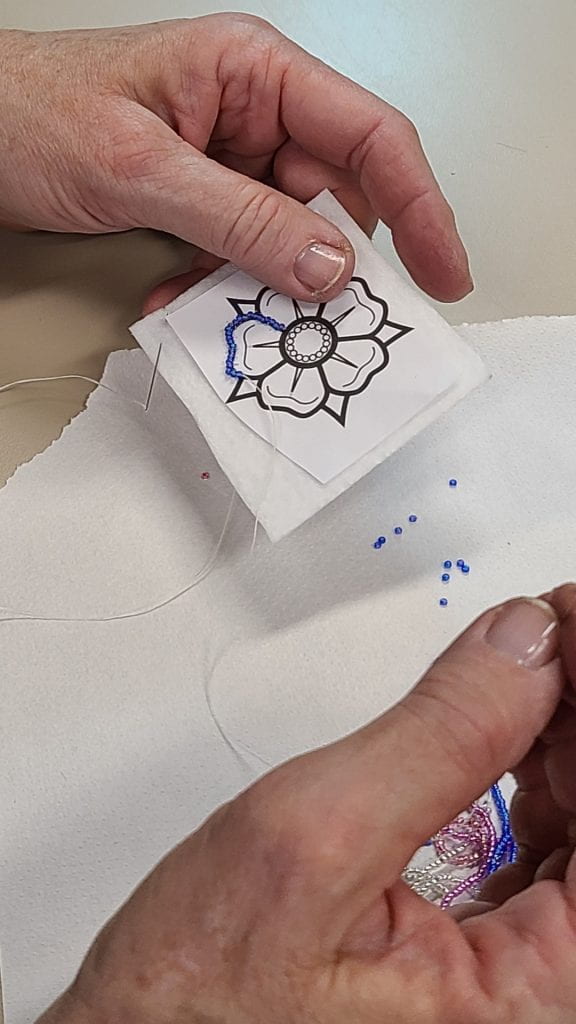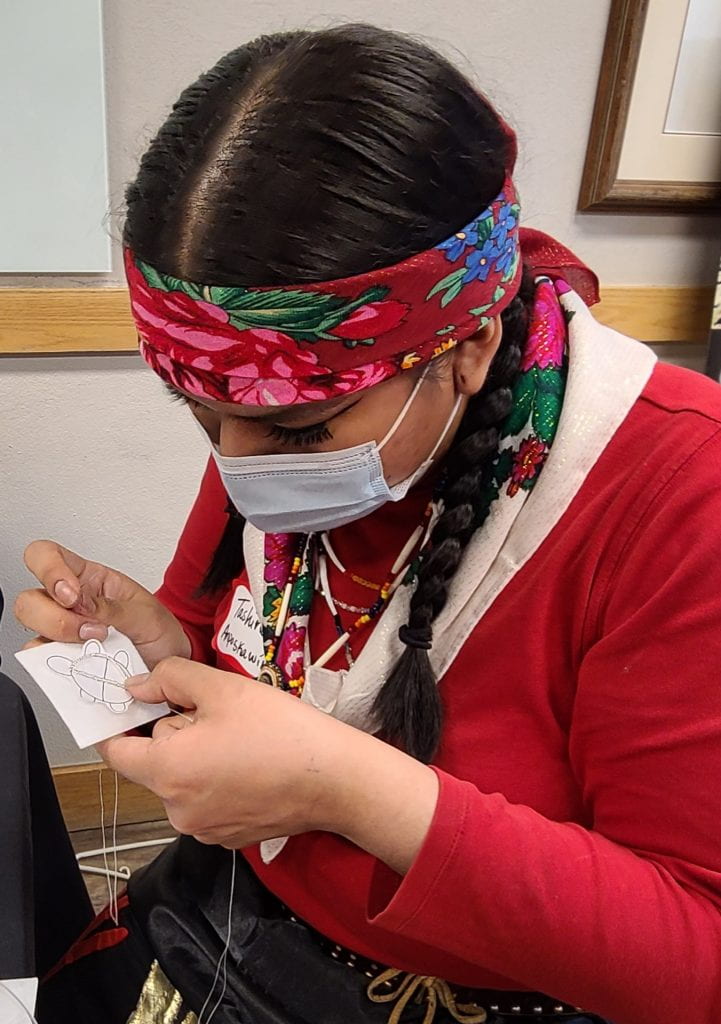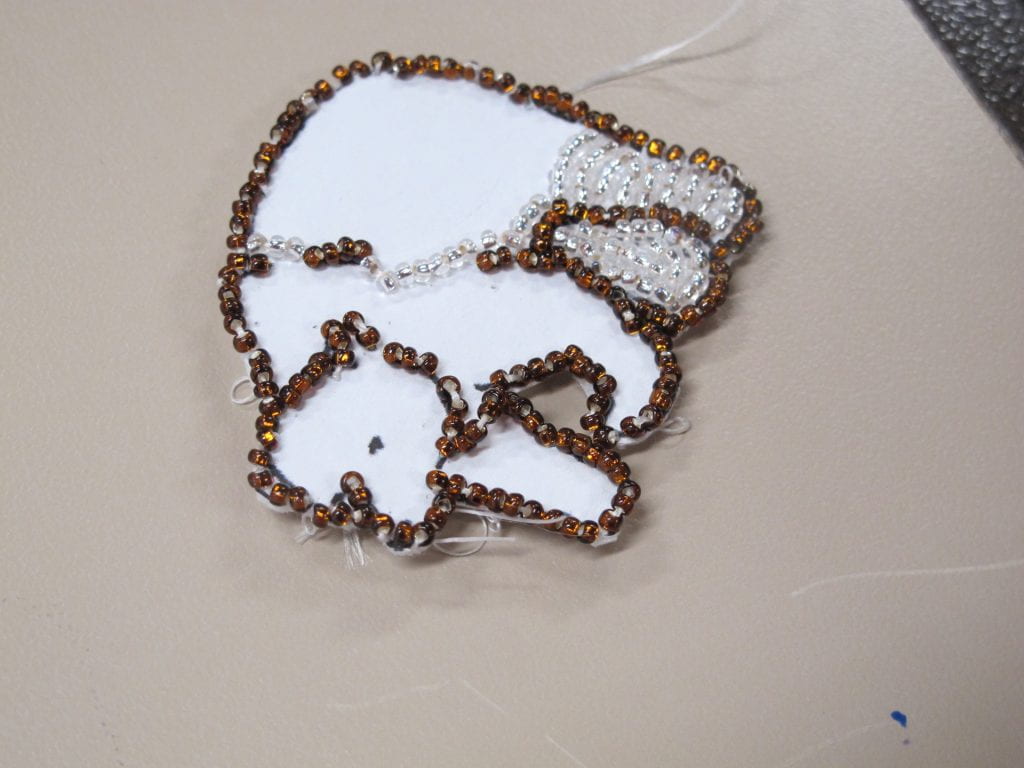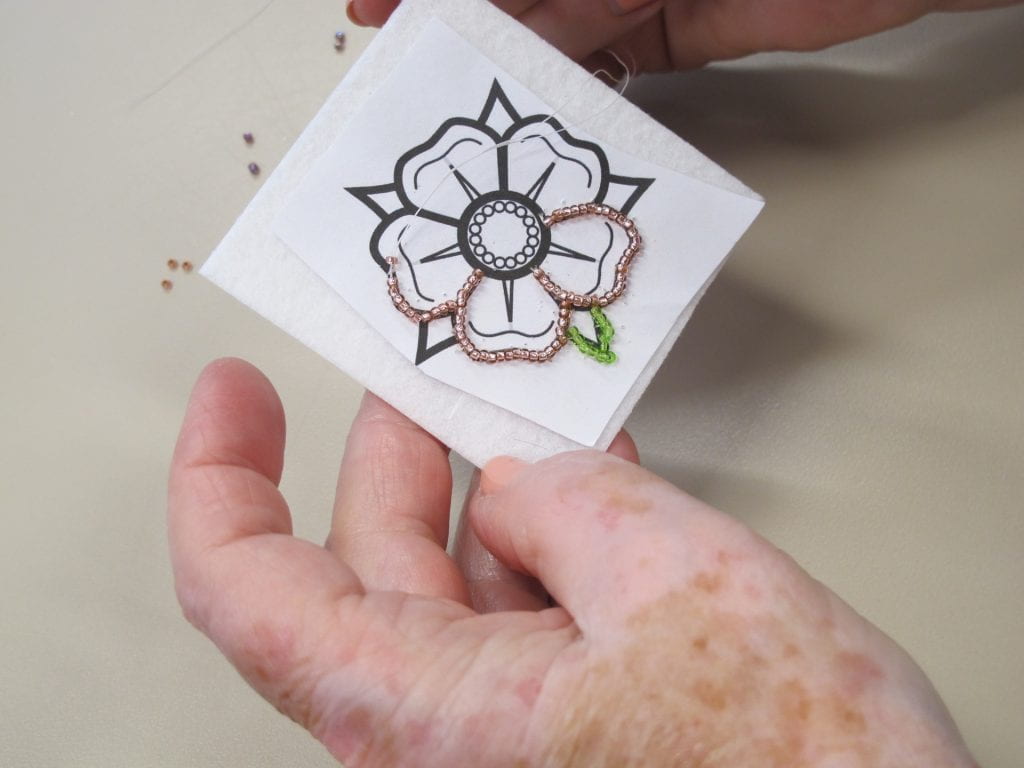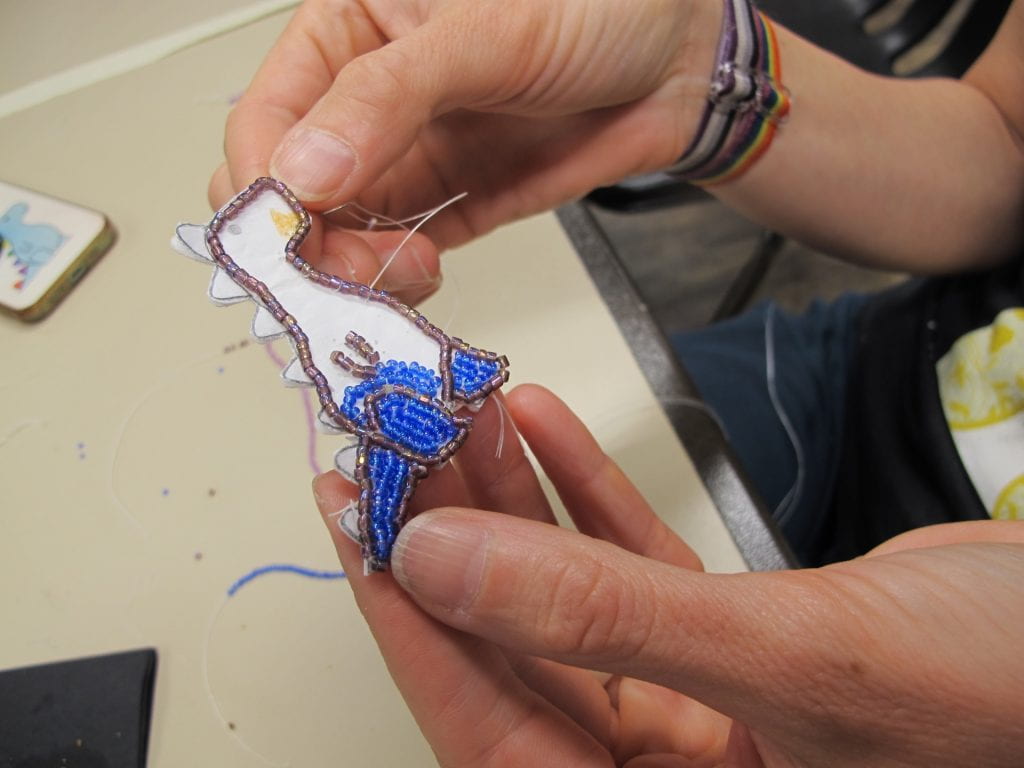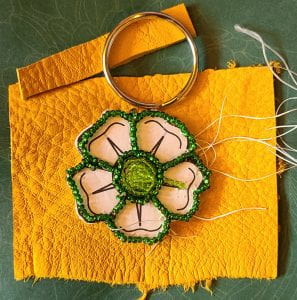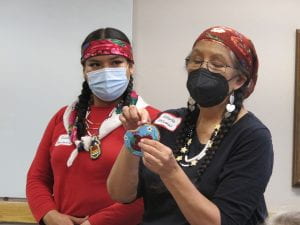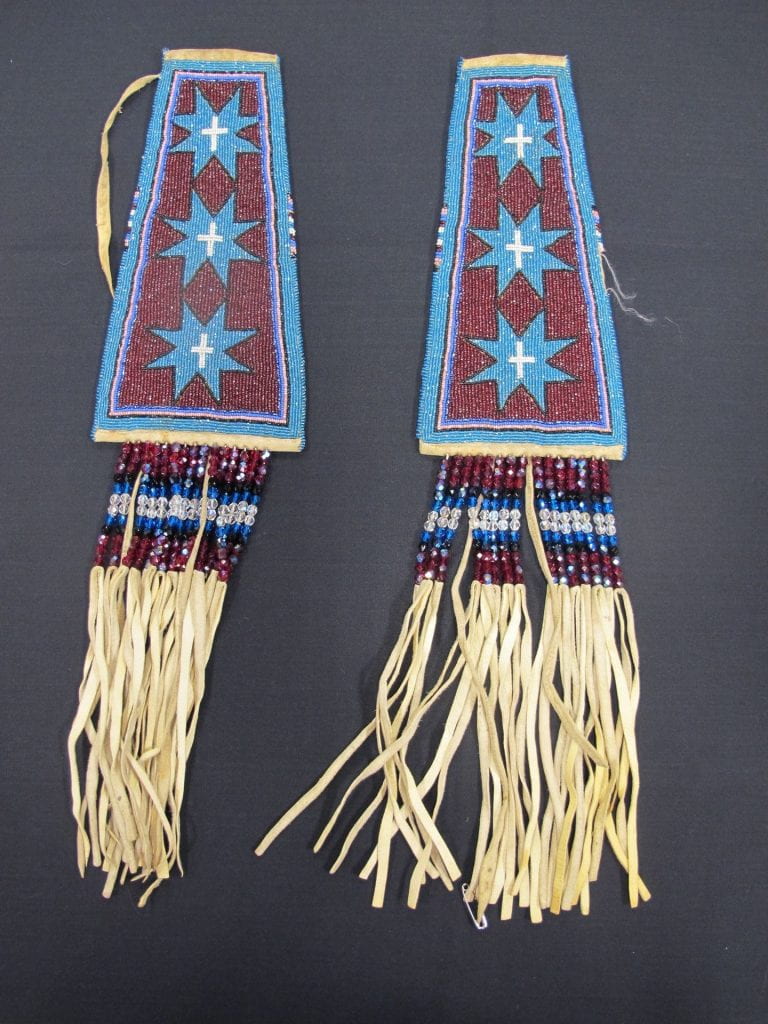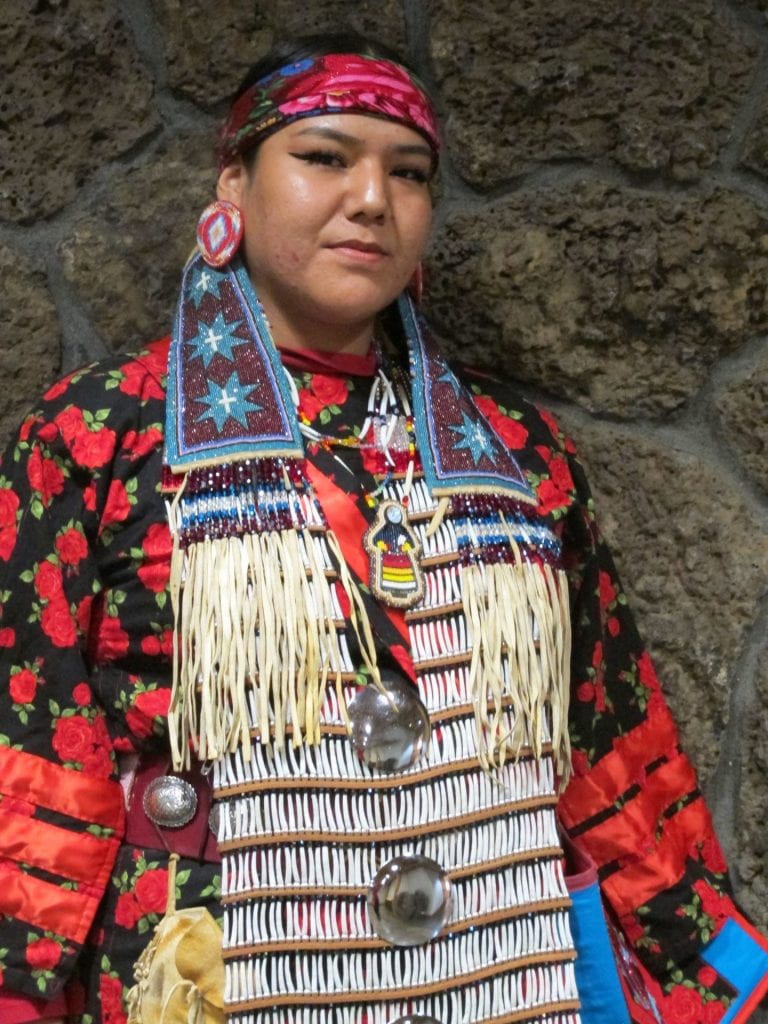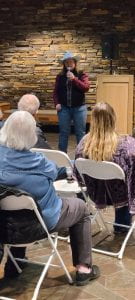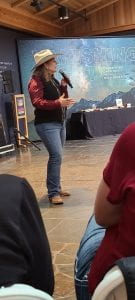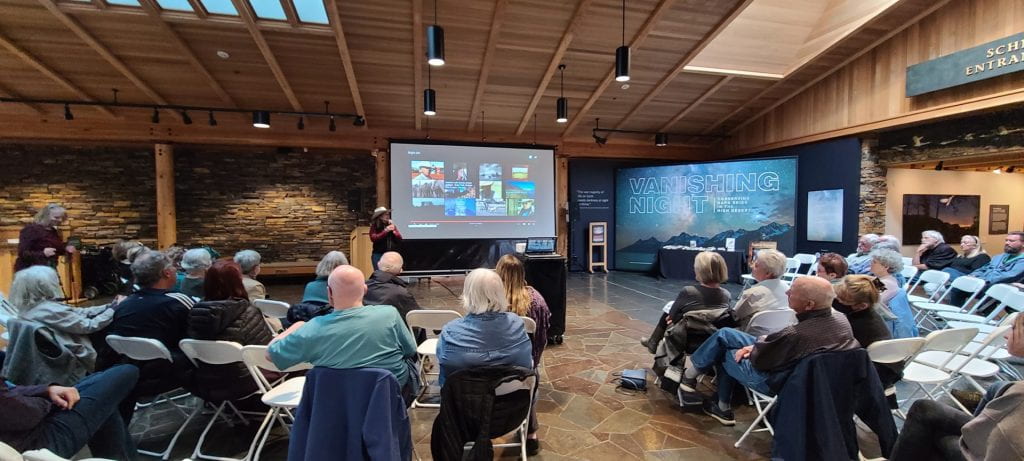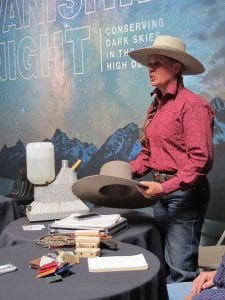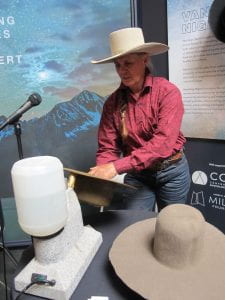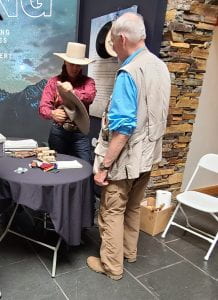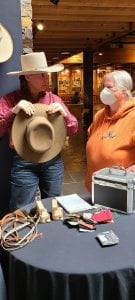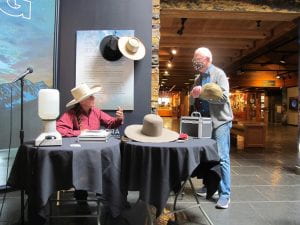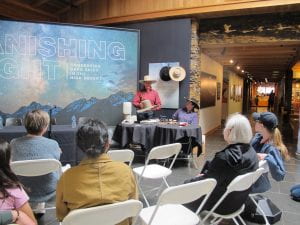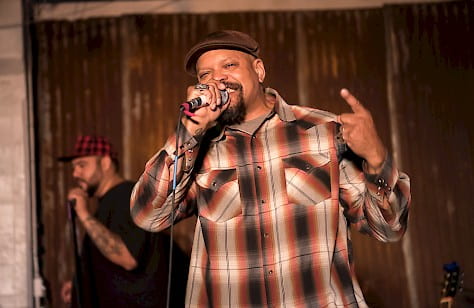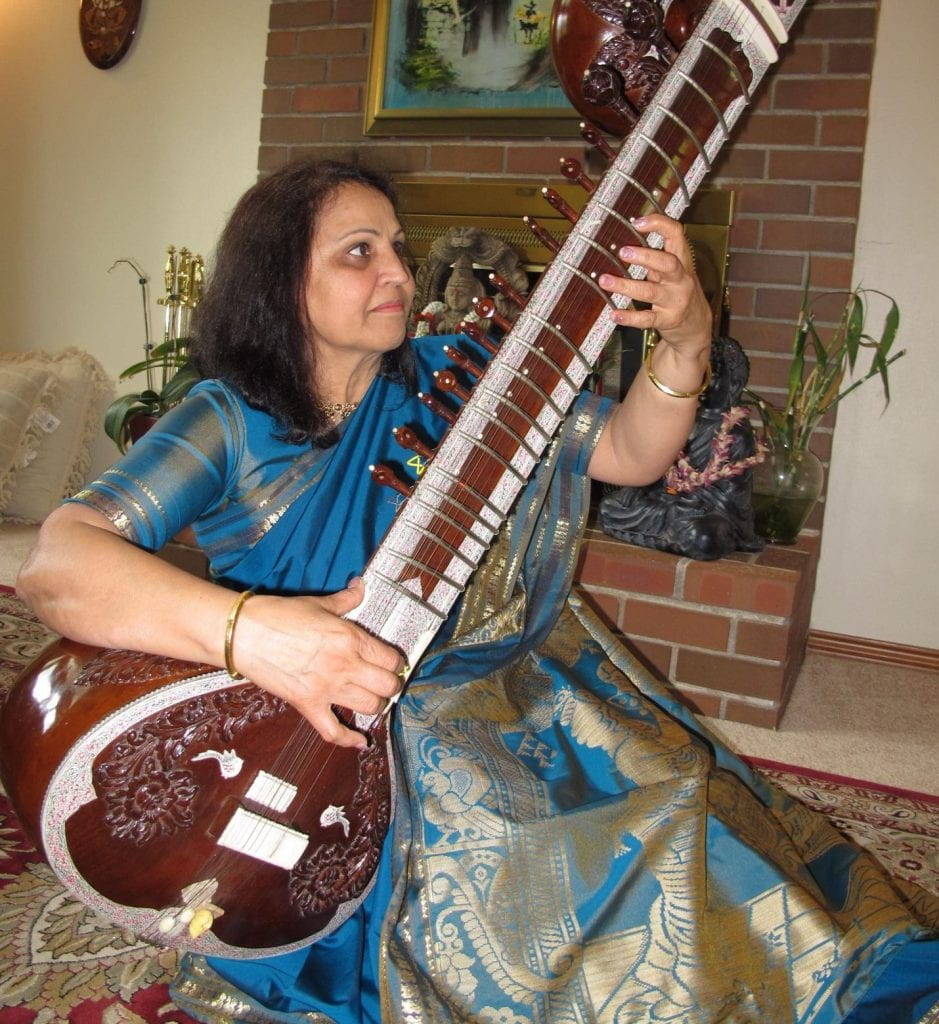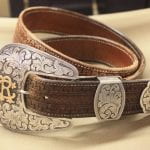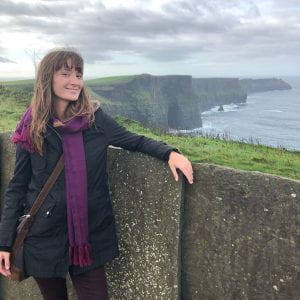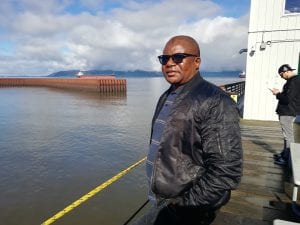This year OFN welcomed University of Oregon graduate employees Lillian DeVane and Yosser Saidane. Thank you for your work in supporting our programs! Former OFN graduate employee and intern Iris Teeuwen returned as a program specialist, and focused on streamlining the Oregon Culture Keepers Roster, one of our core programs. Olivia Wilkinson joined the OFN team as an intern assisting Riki Saltzman with our state-wide survey, fieldwork, and related research.
Lillian DeVane is a first-year MA student in the Folklore and Public Culture program. Her research interests include occupational folklore, foodways, and labor history. Lillian hosts two podcasts based in New York City, one that focuses on labor in the service industry, and a second that involves traveling to locations associated with supernatural legends. She is a 2022-2023 Wayne Morse graduate research fellow.
- Lillian DeVane
- Yosser Saidane
Yosser Saidane is an MA student in the folklore program at the University of Oregon. She is interested in areas of vernacular culture in the Maghreb region of North Africa. Her research is focused on the performance of folk religion within a number of Sufi orders in Tunisia. Before turning to folklore, she worked as an instructor of English at the University of Gabès. She holds a B.A. in Anglo-American studies from the Ecole Normale of Tunis and an agrégation degree from the Faculty of Letters, Arts and Humanities of Manouba.
Iris Teeuwen obtained her master’s degree in Folklore and Public Culture from UO and will be a doctoral candidate in Folklore at Indiana University in the fall. Iris accepted the position of Folklorist at the Four Rivers Cultural Center in Ontario, Oregon. Iris has worked at OFN during her master’s program as a Graduate Employee and intern from 2018 to 2020. During that time, she assisted in organizing and photographing the TAAP Master Artist Gathering in 2019 and shadowed folklorists doing fieldwork on the Oregon coast. After graduating, she received a summer fellowship at OFN and then continued as a program specialist working on improving and streamlining the Oregon Culture Keepers Roster, a state-wide online roster of folk and traditional artists in Oregon that local organizations, schools, parks, and others can use to hire people for paid demonstrations, workshops, performances, or talks.
Her primary role at Four Rivers Cultural Center will be to coordinate the annual Tradition Keepers Folklife Festival in 2022, which will be combined with their 25th-anniversary event, which will showcase the region’s rich and diverse cultures through performances and demonstrations. In addition to the festival, she will do fieldwork in Idaho and Eastern Oregon
- Iris Teeuwen
- Olivia Wilkinson
Olivia Wilkinson is a senior majoring in history and folklore and minoring in music and Scandinavian. After graduation, she plans to enroll in a library science program and learn the archiving profession. Her favorite class has been history of the book, where she gave a public presentation about the historiography of one of James Cook’s original atlases. Born and raised in Oregon, Olivia has always been passionate about the arts; she has been working with Unbound Journal for the past two years as its creative director, and in her free time she often paints digitally and takes analog photos.




